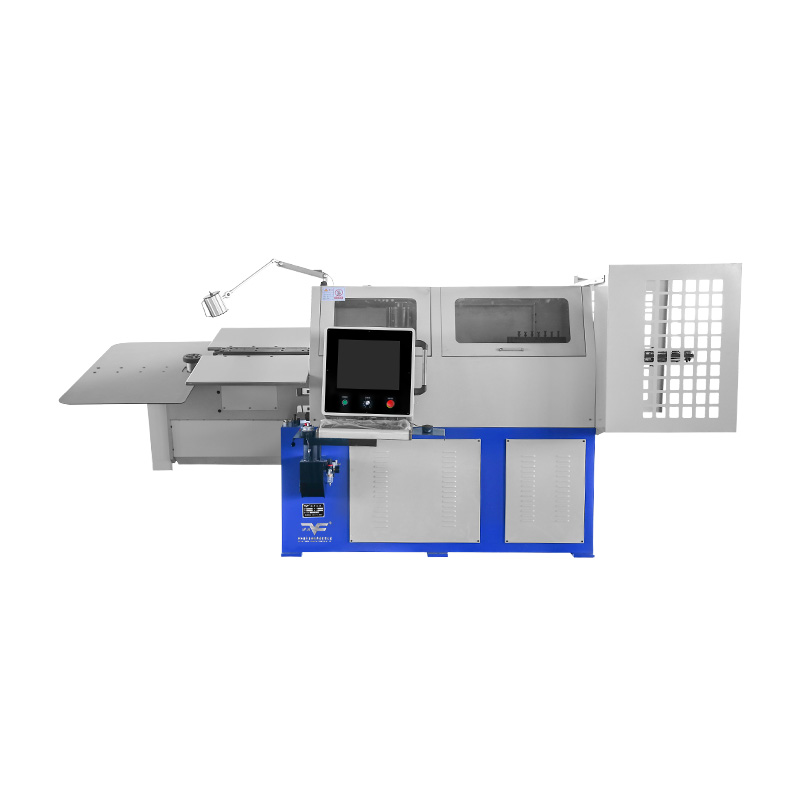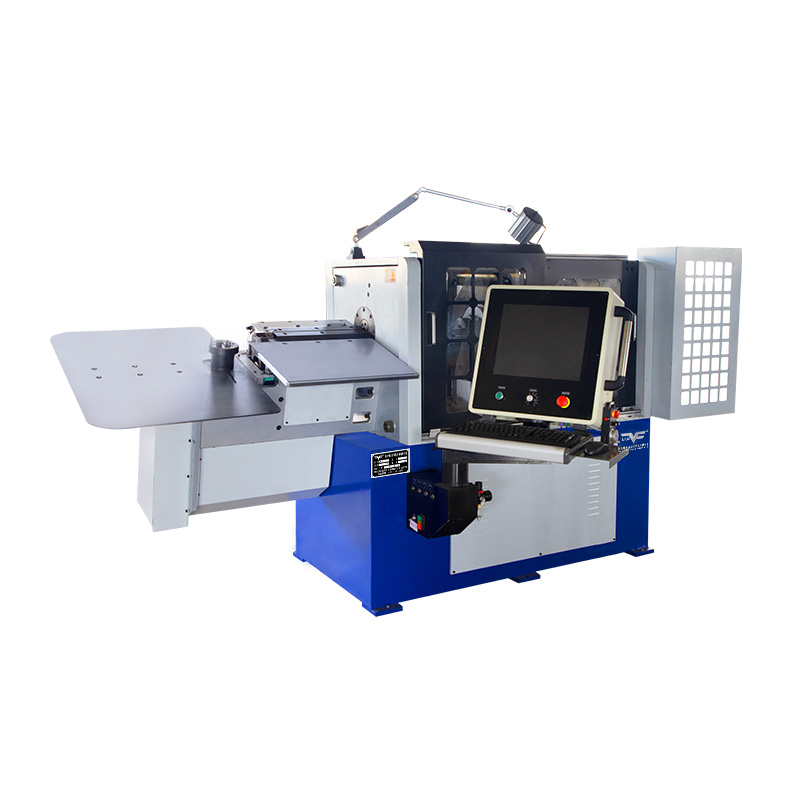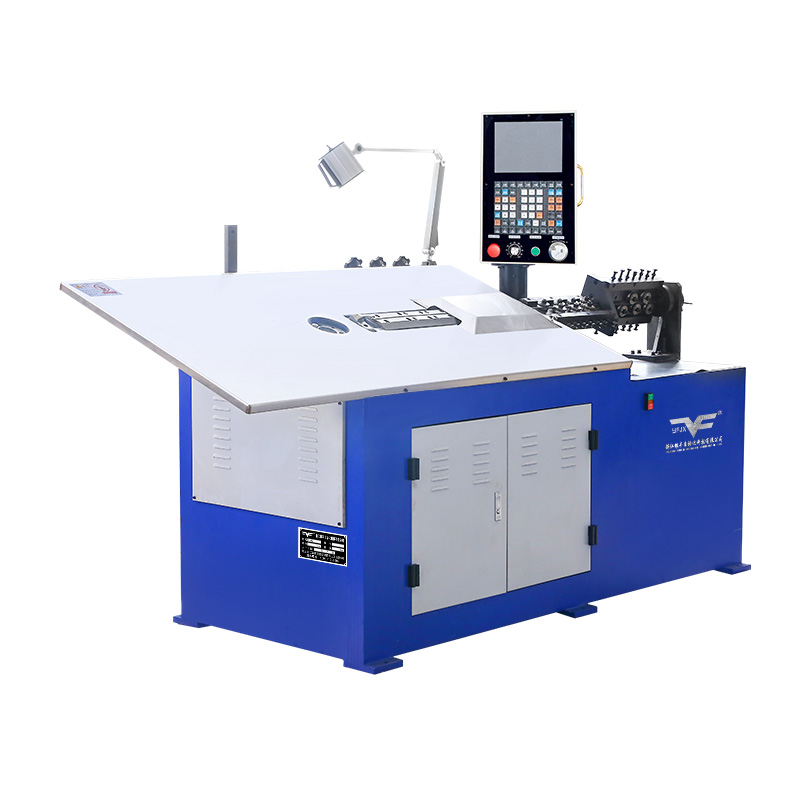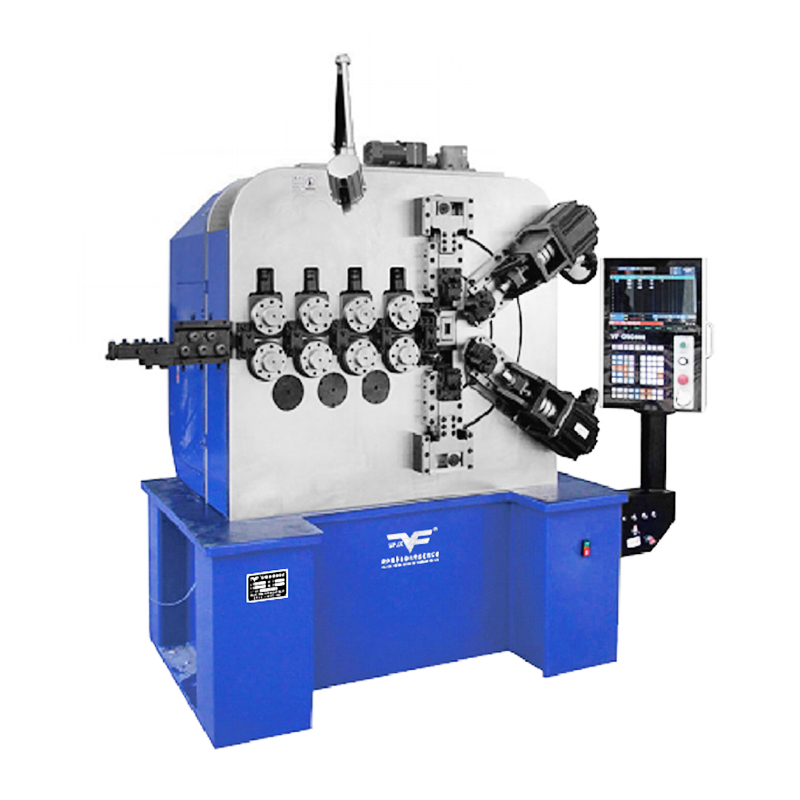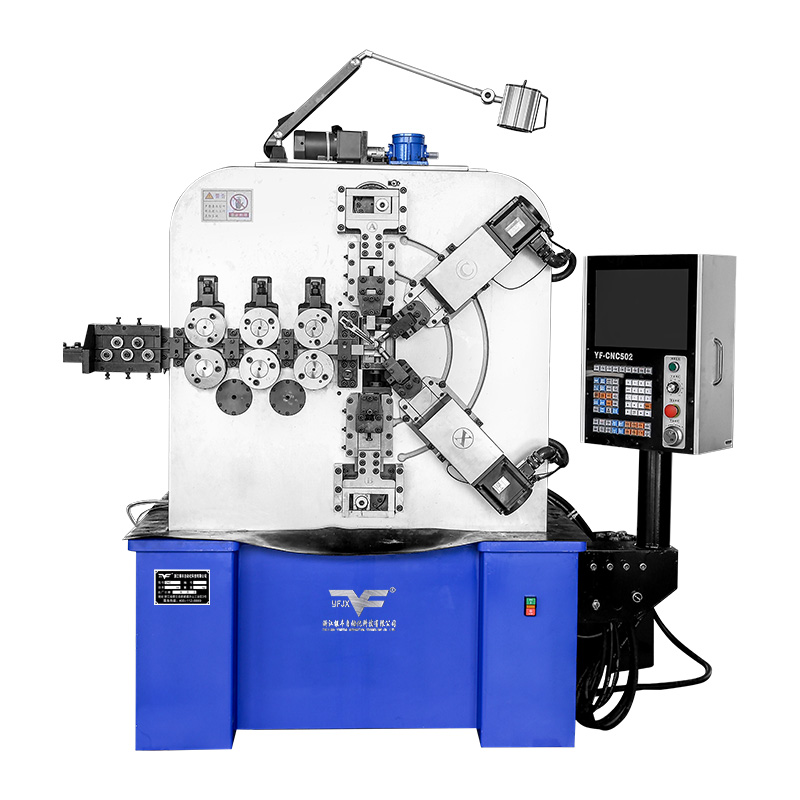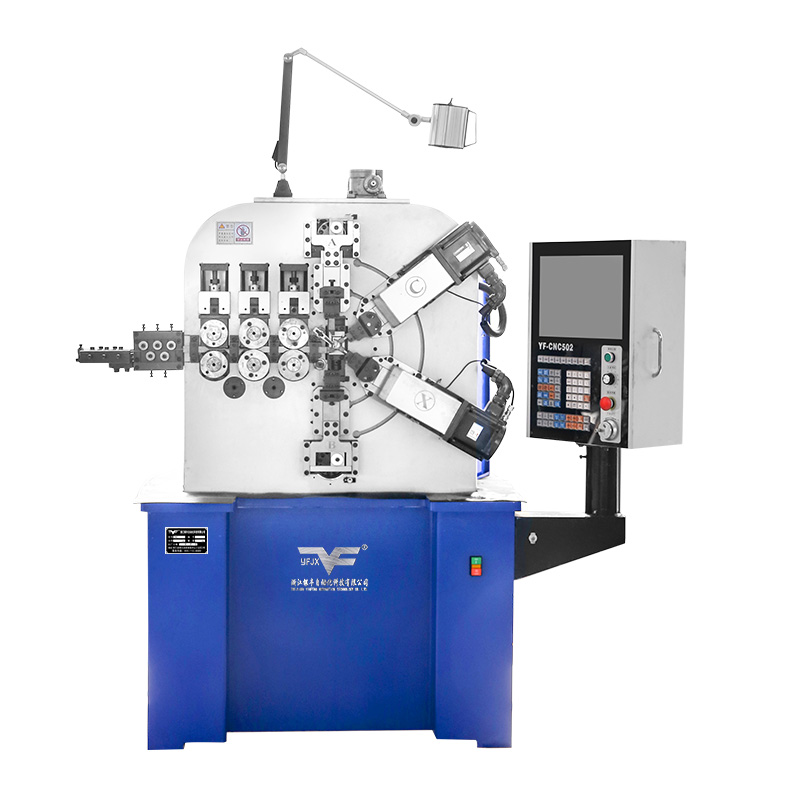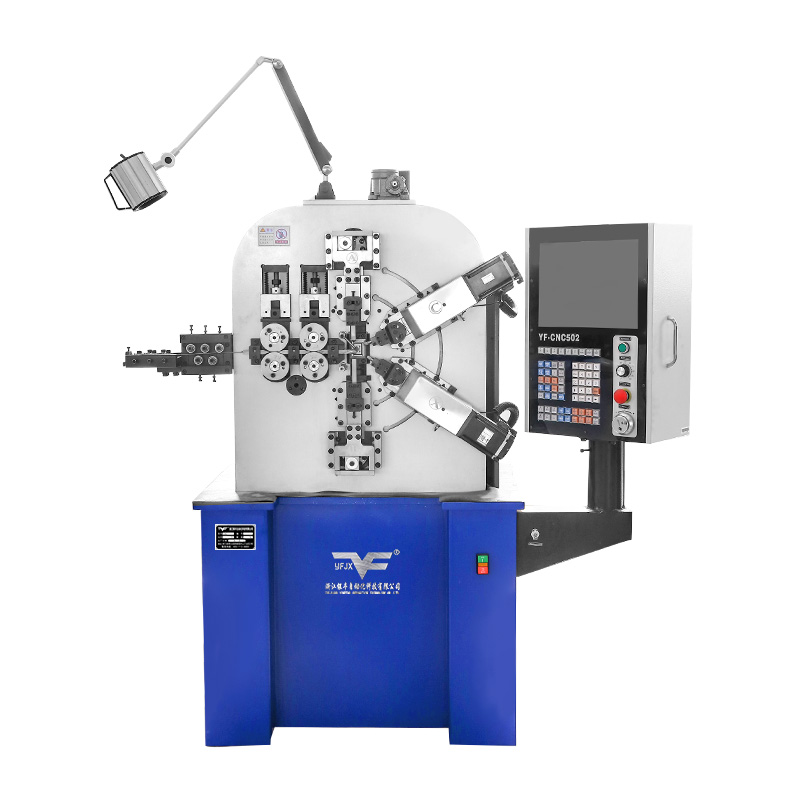How Can Manual Coiling Machines Offer Flexibility for Low-Volume Spring Production Runs?
Industry News-In the intricate and specialized field of spring manufacturing, the demand for flexibility and adaptability is paramount, especially for businesses engaged in low-volume production runs. Manual coiling machines, or small spring making machines, have proven to be a reliable and cost-effective solution for such enterprises.
One of the primary benefits of manual coiling machines is the level of precision and control they offer to the operator. In low-volume production runs, the ability to manually adjust the settings of the small spring machine is invaluable. This allows for the fine-tuning of spring characteristics such as tension, diameter, and coil spacing, ensuring that each spring meets the exact specifications required by the client.
Manual coiling machines provide a level of customization that is difficult to achieve with automated systems. For small spring making machines, this means the capability to produce a wide variety of spring types, from compression springs to torsion springs, without the need for expensive tooling changes. This versatility is particularly beneficial for small businesses that cater to diverse customer needs.
The cost of entry for manual coiling machines is significantly lower than that of their automated counterparts. For small spring making machine operations, this can be a decisive factor, allowing businesses to invest in high-quality equipment without breaking the bank. The lower initial investment also means that small businesses can allocate more resources towards other aspects of their operations, such as research and development or marketing.
Automated machinery, while efficient, can also be prone to breakdowns and require extensive maintenance. Manual coiling machines, on the other hand, are generally more robust and easier to maintain. This translates to less downtime for small spring making machine operations, ensuring that production runs can continue with minimal interruptions.
Operating a manual coiling machine requires a certain level of skill and expertise. This not only fosters a sense of pride and craftsmanship among the workforce but also contributes to skill development and retention within the company. As employees become more proficient with the small spring machine, they can take on more complex projects, further enhancing the capabilities of the business.
For businesses that anticipate growth, manual coiling machines offer a scalable solution. As demand increases, additional small spring making machines can be added to the production line without the need for a complete overhaul of the existing setup. This adaptability is crucial for businesses that need to respond quickly to market changes.
In an era where sustainability is increasingly important, manual coiling machines can contribute to a company's green credentials. The reduced energy consumption and lower environmental impact of these machines make them an attractive option for businesses that are conscious of their ecological footprint.
Manual coiling machines offer a compelling solution for businesses engaged in low-volume spring production runs. Their precision, customization capabilities, cost-effectiveness, reduced downtime, skill development opportunities, scalability, and environmental benefits make them an attractive option for small spring making machine operations. As the market continues to evolve, the agility and adaptability of manual coiling machines will remain a key asset for businesses seeking to produce high-quality springs with flexibility and efficiency.

 English
English русский
русский Español
Español 简体中文
简体中文